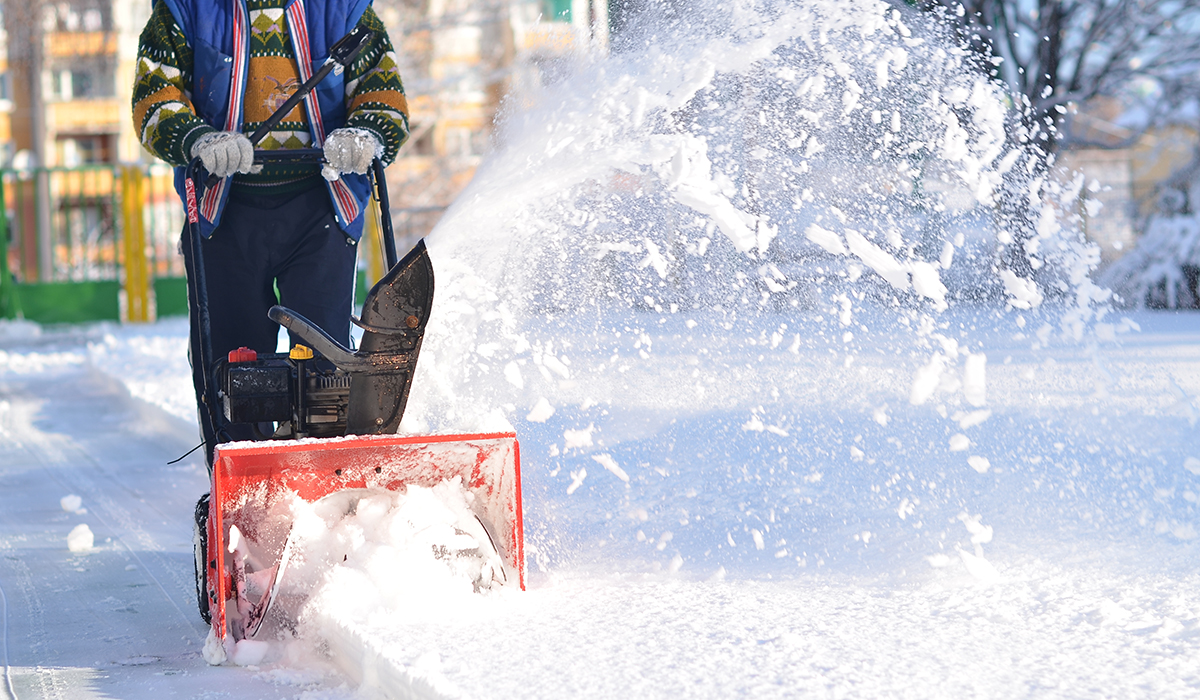Snowblower Injuries Are Serious

Snowblower image via shutterstock
So you’ve invested in a snowblower. Good for you. Now you get to smile sarcastically at your poor neighbor who’s laboring with a shovel while you clear your driveway at warp speed. This darn polar vortex is giving New England one heck of a winter so far, and let’s not forget, it’s only January. The worst could still be to come. Sorry, but it’s true.
Snow blowers save time and energy, but also come with the hazards of using a heavy piece of machinery, says Dr. Philip Blazar, an orthopedic surgeon at Brigham and Women’s Hospital. “Many New Englanders associate snow shoveling with a risk of physical injury to your back or to your cardiovascular health,” he says. “But using a snowblower can also be dangerous when it is not used properly and with caution.”
Blazar says that he has already seen 10 patients this season due to snow blower accidents. Seriously, 10. (Again, it’s only January.) The most common injury, he says, is to the hand. “Injury to the hand is common because although most know not to put their hand near the moving blades, many are unaware that the blade can still move even after the ignition is shut off,” Blazar says. “When the machine jams it stays still, so it seems safe. But once the blades are freed up they can move a fraction of a turn even without the motor, which is just enough to cause significant injury to the fingers and hand.”
Blazar offers these safety tips to keep in mind when using a snowblower:
Keep you hands to yourself. “Never use your hand or any other part of your body to clear a jam in the snow blower, even if the machine is turned off,” Blazar says.
Be careful of rocks or sticks. “[Things that] could get caught up in the snow blower and shoot out from the chute [are dangerous]. Position the chute in a direction that will not injure you, others, or damage property if anything is projected,” he says.
Wear insulated, waterproof, non-slip winter boots. “While removing snow, and dress in layers, being sure to keep areas prone to frostbite (such as the hands and ears) covered at all times.”
Tie and tuck away all strings and shoelaces. “And tie back long hair or anything else on your clothing that could get caught up in the snowblower’s moving parts.”
Be observant of your surroundings. “[Especially] moving forward or backwards, the area the snowblower is moving over,” he says.
No kids or pets near the thing. “Do not allow children or pets to operate or play in the vicinity of the snowblower at any time.”
Beware of ice. “Avoid icy patches and slopes if possible, as not to slip and fall or lose grip of the snowblower.”
Avoid removing snow when the temperature drops below zero degrees. “This extreme cold can increase physical strain and heighten risk of frostbite or other extreme cold injury,” he says.


